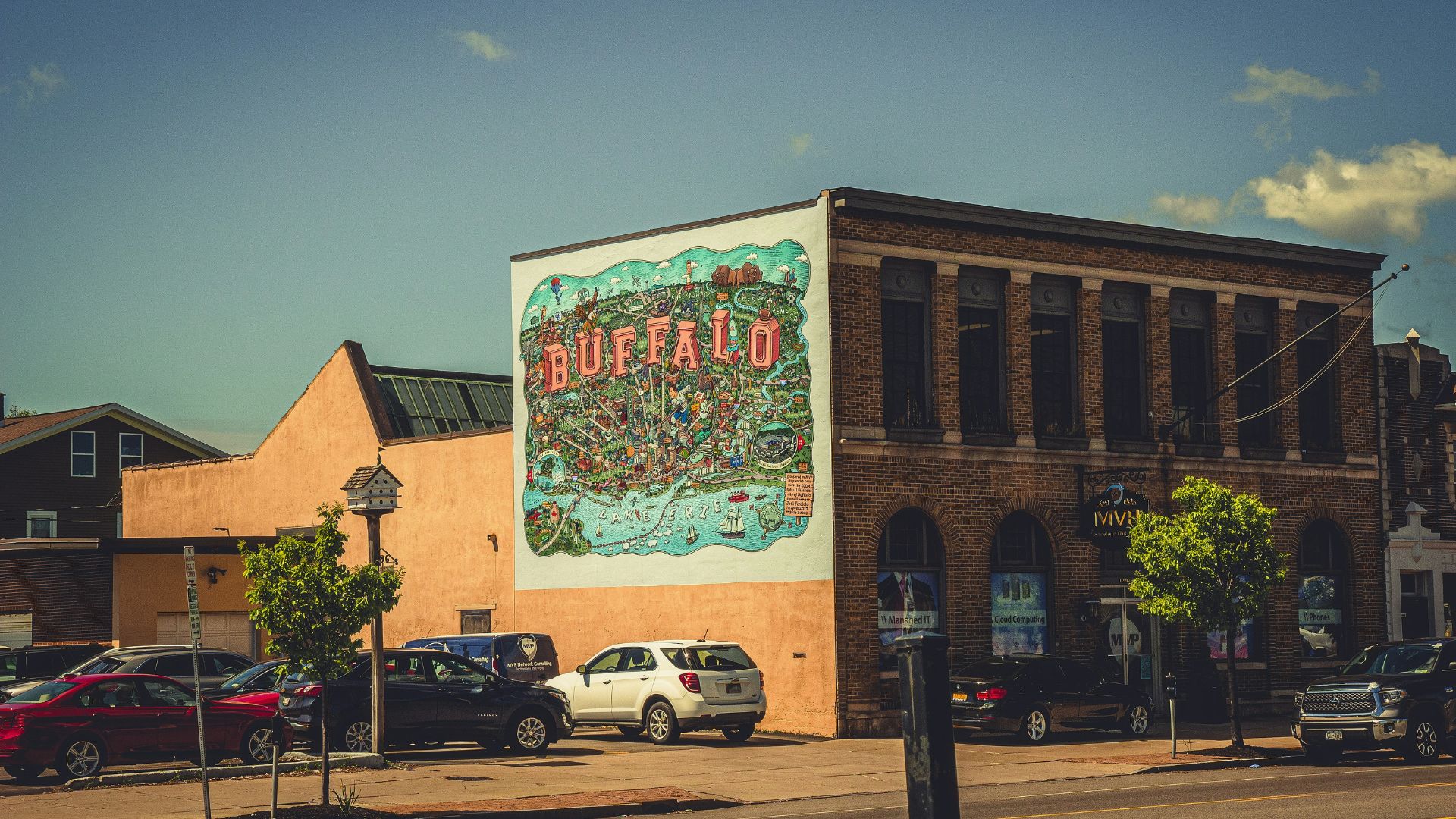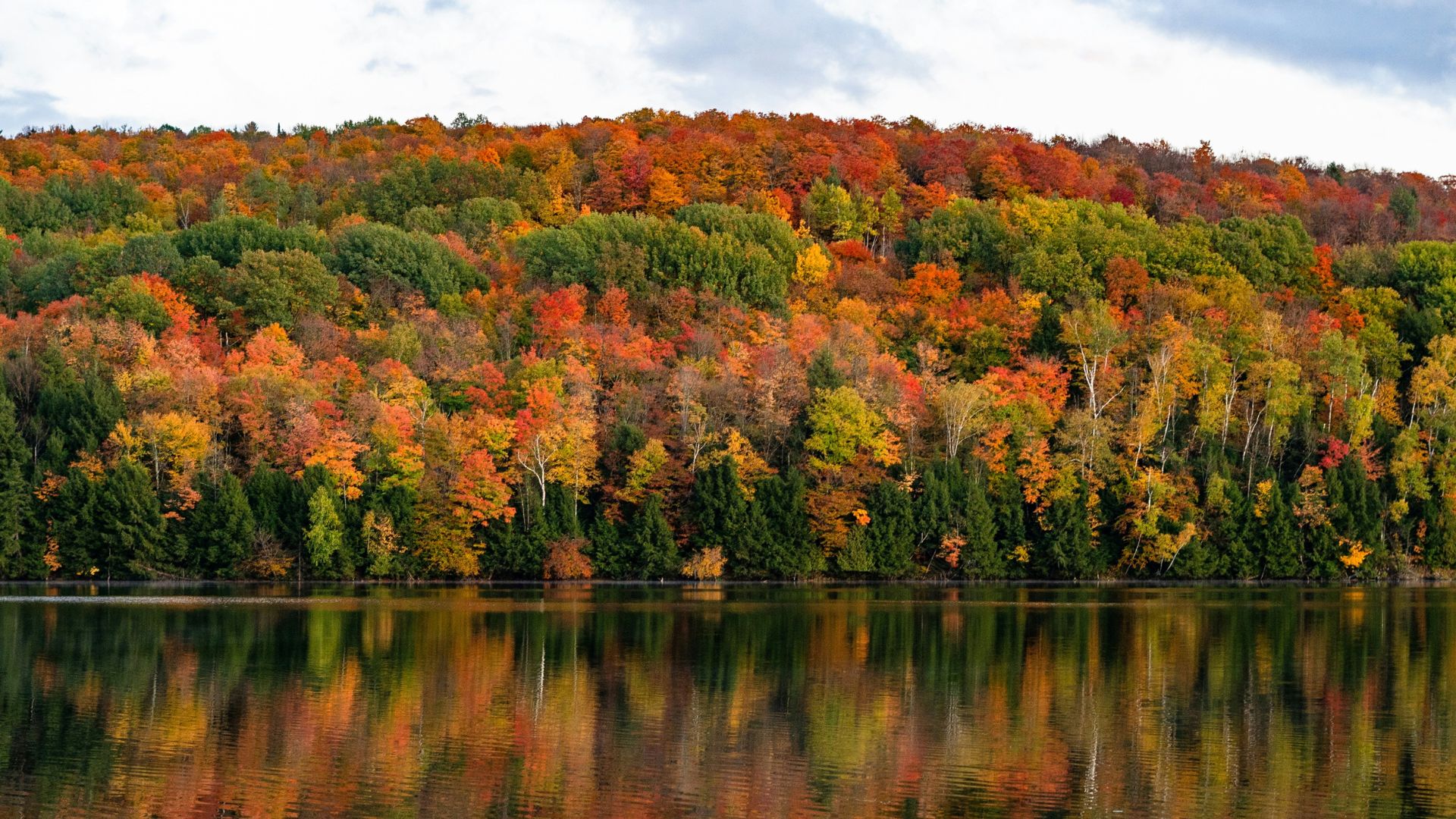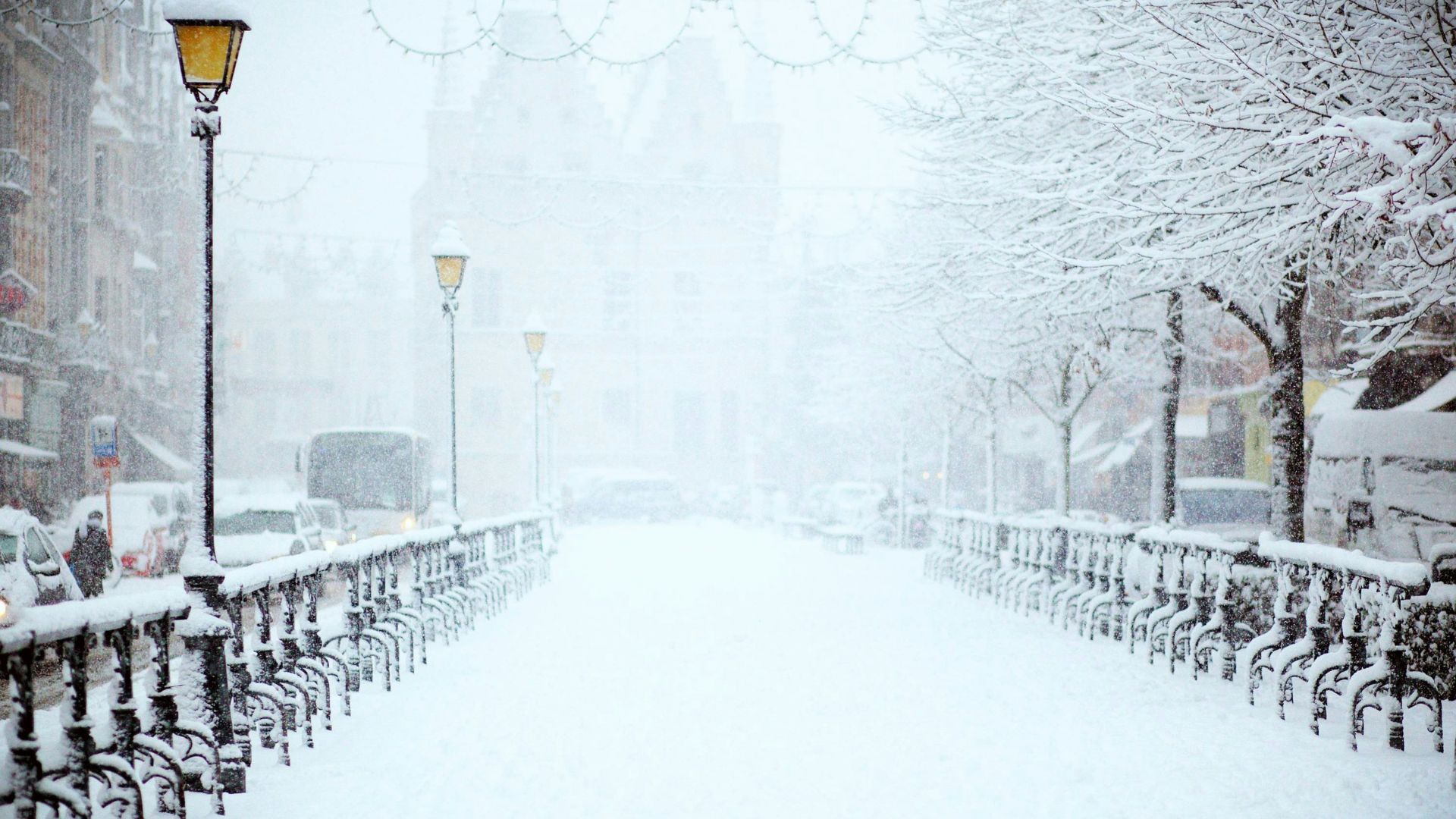Are These U.S. Cities Really ‘Climate Havens’ Amid Extreme Heart Warnings?
Buffalo, New York, has recently made headlines for its opposition to claims that the city could offer a refuge from climate change and global weather events. Aside from the occasional snowstorm on the East Coast, Buffalo has been making headlines for its calm and moderate temperature.
When other parts of the world are suffering from unbearable heatwaves and weather-related disasters like hurricanes, the mayor of Buffalo has encouraged more Americans to move to the city to escape extreme heat elsewhere.
Mayor of Buffalo Declared the City a Safe Haven
The discussion began in 2019 when Mayor Byron Brown said during a State of the City address that Buffalo could be a “climate refuge city.”

Source: Shamir Hunley/Unsplash
The city in western New York could become a place for U.S. residents to stay safe from hurricanes in the Gulf of Mexico or wildfires in western states.
Climate Change
Despite the ample evidence proving that climate change is real, along with deadly weather-related disasters, U.S. politicians seem unable or unwilling to make any big changes to halt the impending disasters.

Source: Matt Palmer/Unsplash
The cause stems from humans’ overuse of fossil fuels, which creates deadly greenhouse gases that slowly warm the planet.
Claims Are Backed by Science
A professor of geology at Buffalo State University, Stephen Vermette, said in an interview that, “I really could not find any type of extreme weather [that was increasing] in Buffalo and Western New York.”

Source: Eddie Bugajewski/Unsplash
While he doesn’t think that Buffalo is going to be some kind of oasis for Americans suffering from worse weather, it appears that the city is sheltered from mounting problems closer to the coast.
Other Cities Embracing the Status of Climate Refuge
Buffalo is not the only city in the upper Midwest and Northeast labelling itself as safe during uncertain times. Cities like Duluth, Minnesota, and Ann Arbor, Michigan, have both jumped on the climate haven bandwagon.

Source: Peter James Eisenhaur/Unsplash
Also, several places in Wisconsin and Vermont have called their own successes in avoiding the climate crisis. Being further inland and away from the dry summer heat that causes fires means that many landlocked cities will experience easier weather all year round.
How Serious is the Climate Crisis?
All over the globe, areas are experiencing disasters caused by warming temperatures. In Antarctica, scientists have been calling attention to the “Doomsday Glacier” melting at record rates.

Source: Melissa Bradley/unsplash
Until recently, it was thought that the ice in the southern hemisphere was relatively safe from warm water causing melt. Unfortunately, in just the past decade, this truth has been disproven. A massive glacier is melting and threatens to add billions of gallons of water to oceans in the next few years, which would decimate coastal communities all over the globe.
Would Moving To These Cities Stop the Climate Crisis?
Both climate scientists and experts are weary of labelling any place on the planet safe from the climate crisis. While it might seem fair to designate some cities as refuges for people displaced from weather-related disasters, experts warn that nowhere is safe in the long term.

Source: Markus Spiske/Unsplash
Although it offers a bit of optimism, it’s not a concrete solution. To enact real change, government officials need to step up and act on the cities being affected today.
Buffalo Isn't Necessarily Safe From Climate Disasters
In past years, New York has been constantly in the news for its overbearing summer heat and deadly winter storms.

Source: Filip Bunkens/Unsplash
A blizzard in 2022 dropped several feet of snow in Buffalo, causing major power outages in the city and even leading to a death toll of more than 30 residents.
City Planners Know that Climate Change Has Affected the Region
Brendan Mehaffy, one of Buffalo’s strategic planners, says that city leaders are well aware of how badly the climate has affected the lives of residents in the region.

Source: Shamir Hunley/Unsplash
He also noted that the city is in the middle of a coastal resiliency study, showing how flooding will affect the city budget and how the intense precipitation events will lead to more damage around Buffalo.
Climate Haven is a Misleading Term
Instead of using the misleading term “climate haven,” Julie Arbit, an author on the analysis and research at the Center for Social Solutions at the University of Michigan, thinks that a better term would be “climate adaptation zone.”

Source: Markus Spiske/Unsplash
If migration is the key to resolving the climate crisis, then cities must continue to mitigate their own crises. They will also need to invest in infrastructure that can accommodate new residents fleeing disasters in coastal areas.
People Will Be Displaced By Climate Change
According to the U.S. Census Bureau, 3.2 million adults were displaced or evacuated during natural disasters in 2022. More than 500,000 would never be able to return to their homes lost to climate-related issues.

Source: Chris Gallagher/Unsplash
With places like the coast of the Hamptons eroding into the ocean, hurricanes on the rise, and Miami sinking, many more families will continue to be displaced in the future.
Constant Energy Usage To Blame
Unfortunately, energy consumption is constantly increasing. Since the Industrial Revolution, humans have used exponentially more resources each year.

Source: Chris Leboutillier/Unsplash
Now, new technologies like AI and the internet are sucking water and fossil fuels at record rates. If the world hopes to cool the climate temperatures, then energy usage will need to decrease one way or another.
